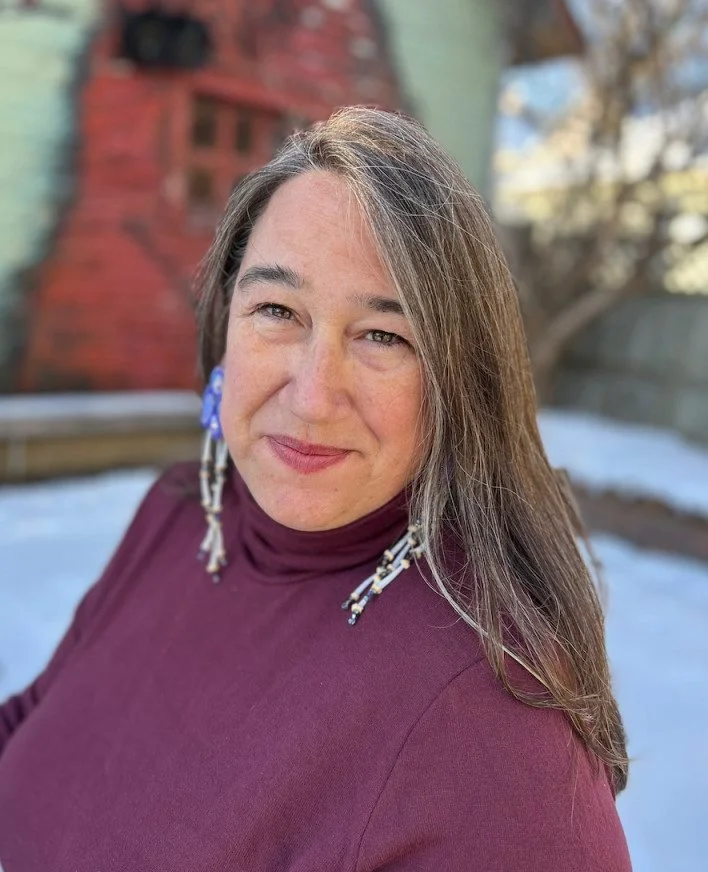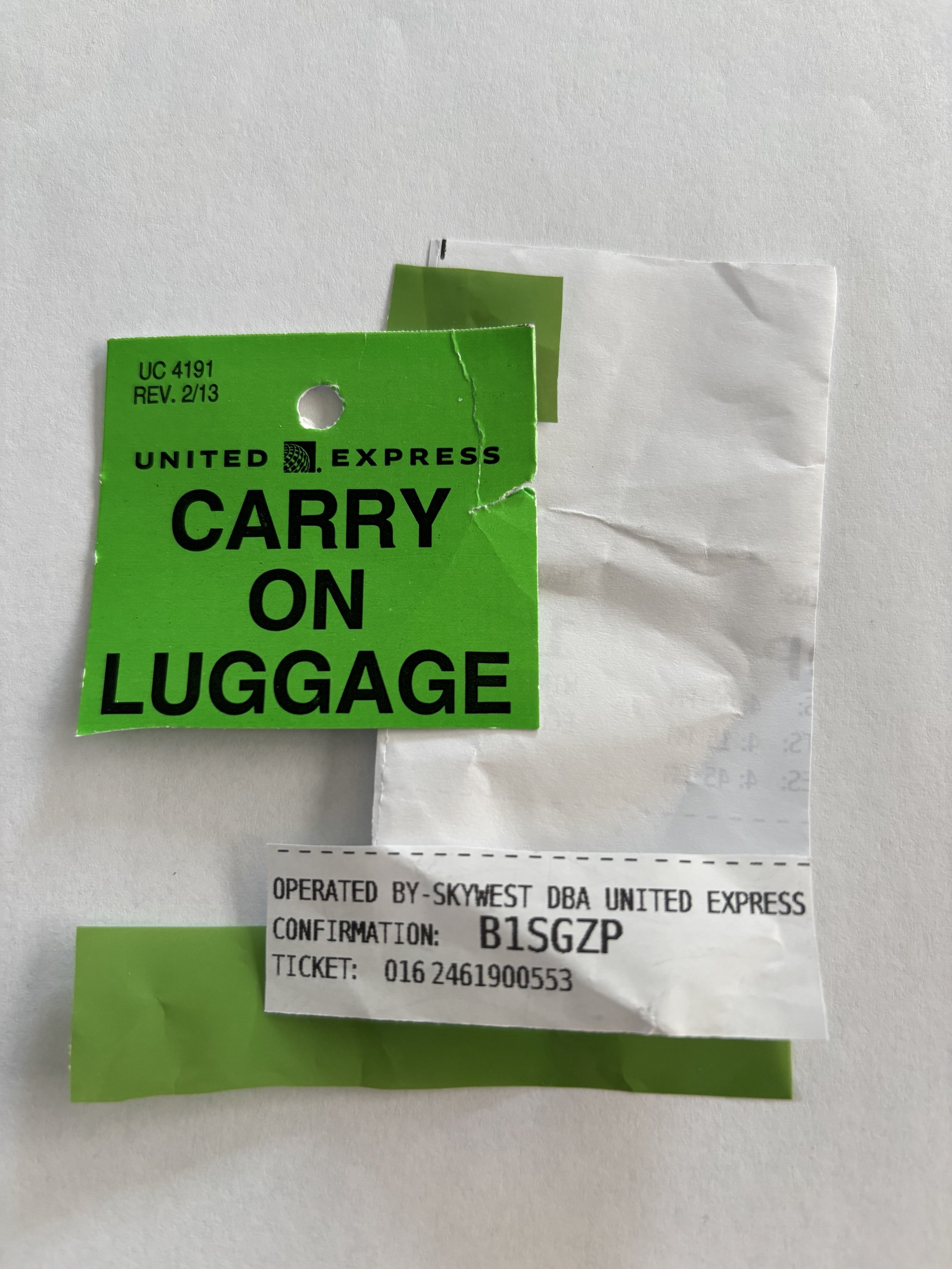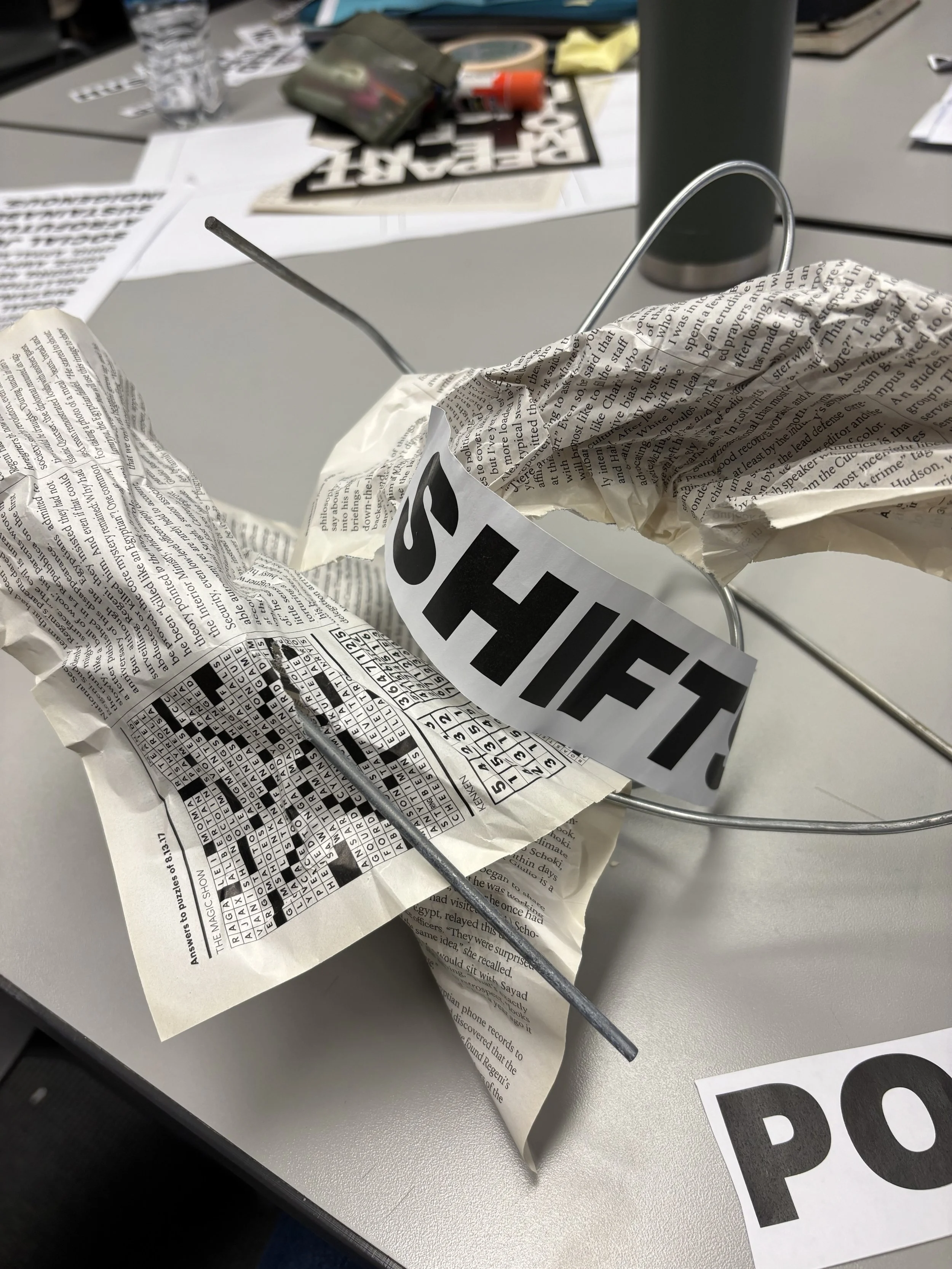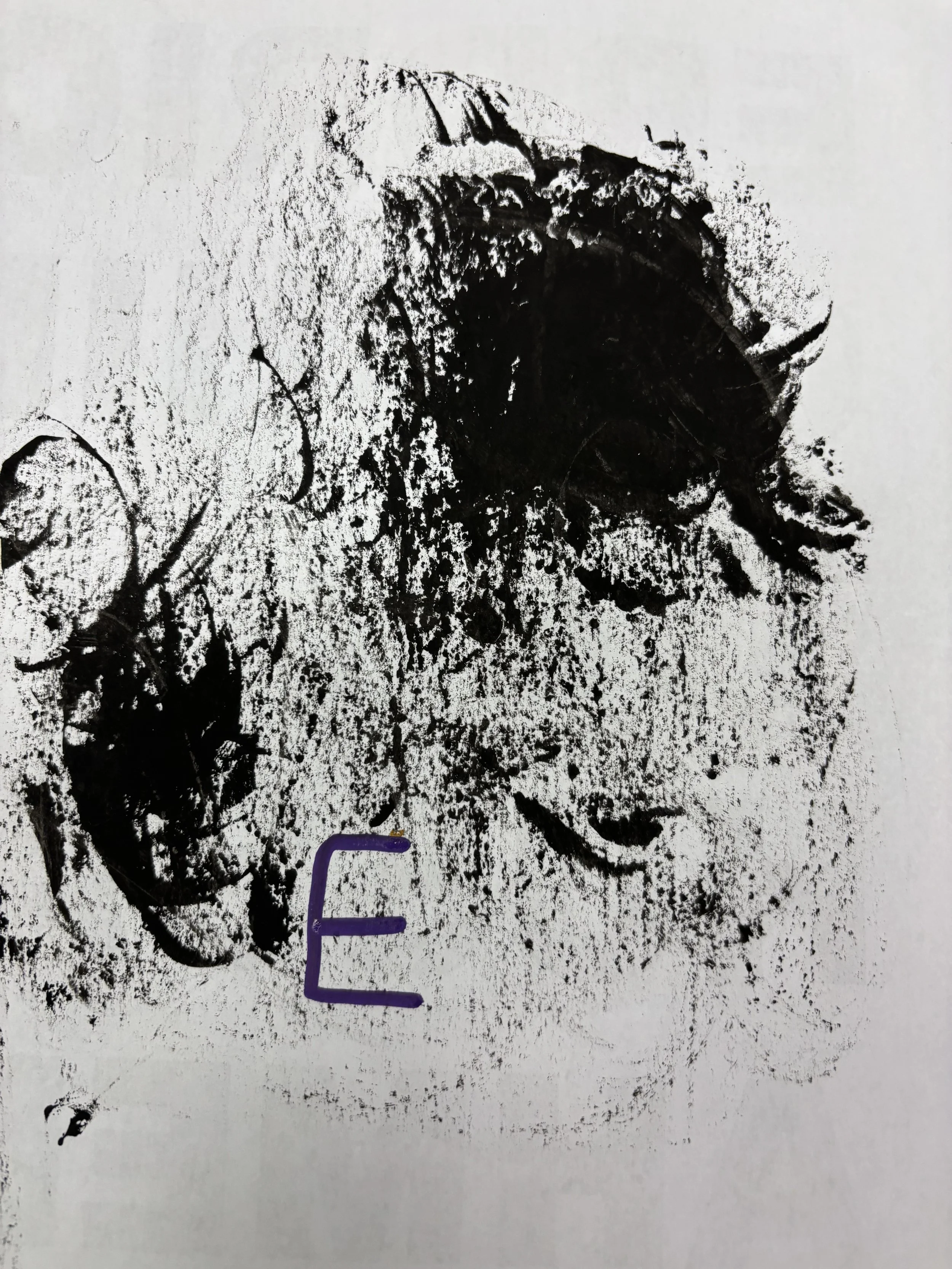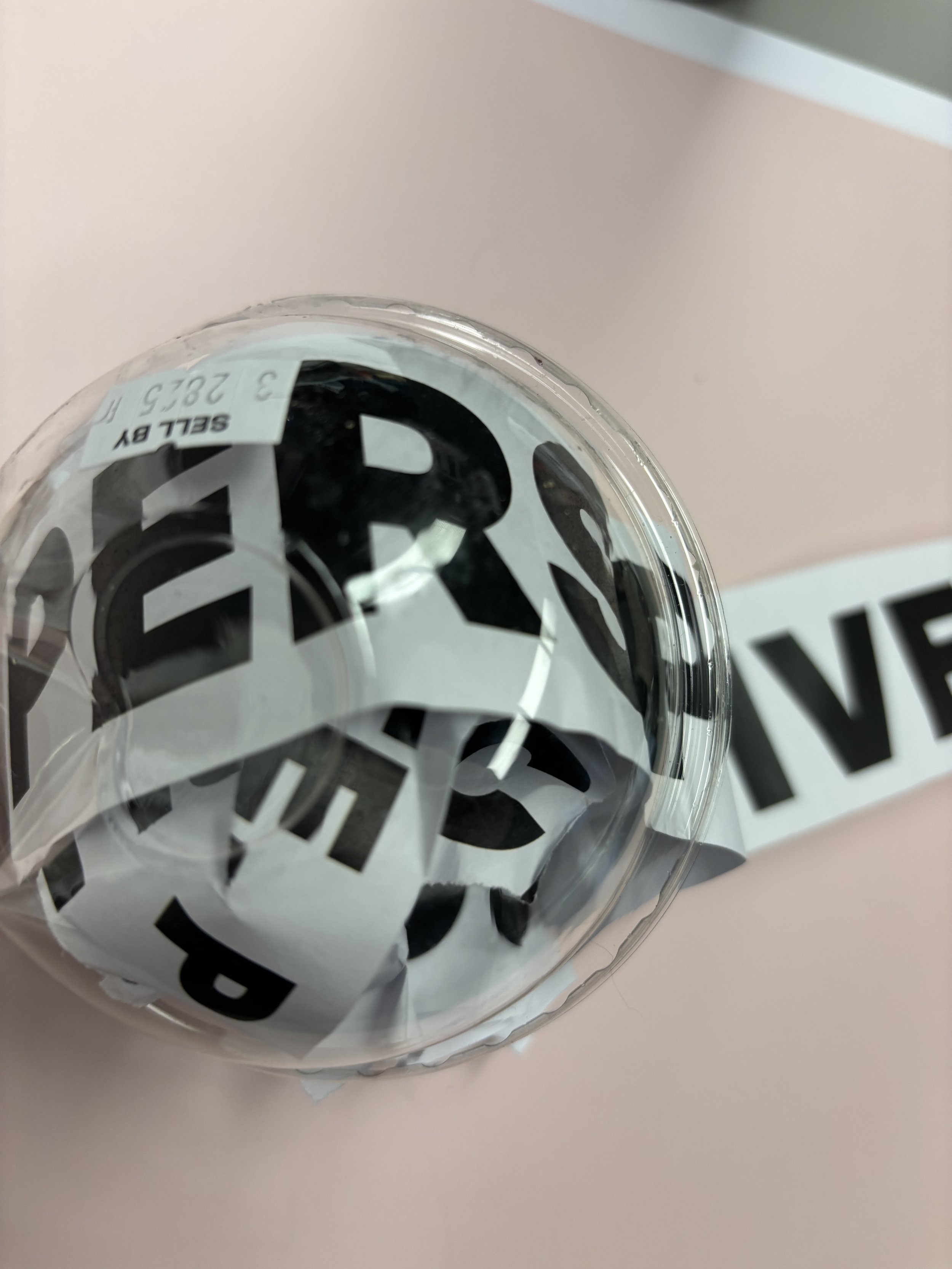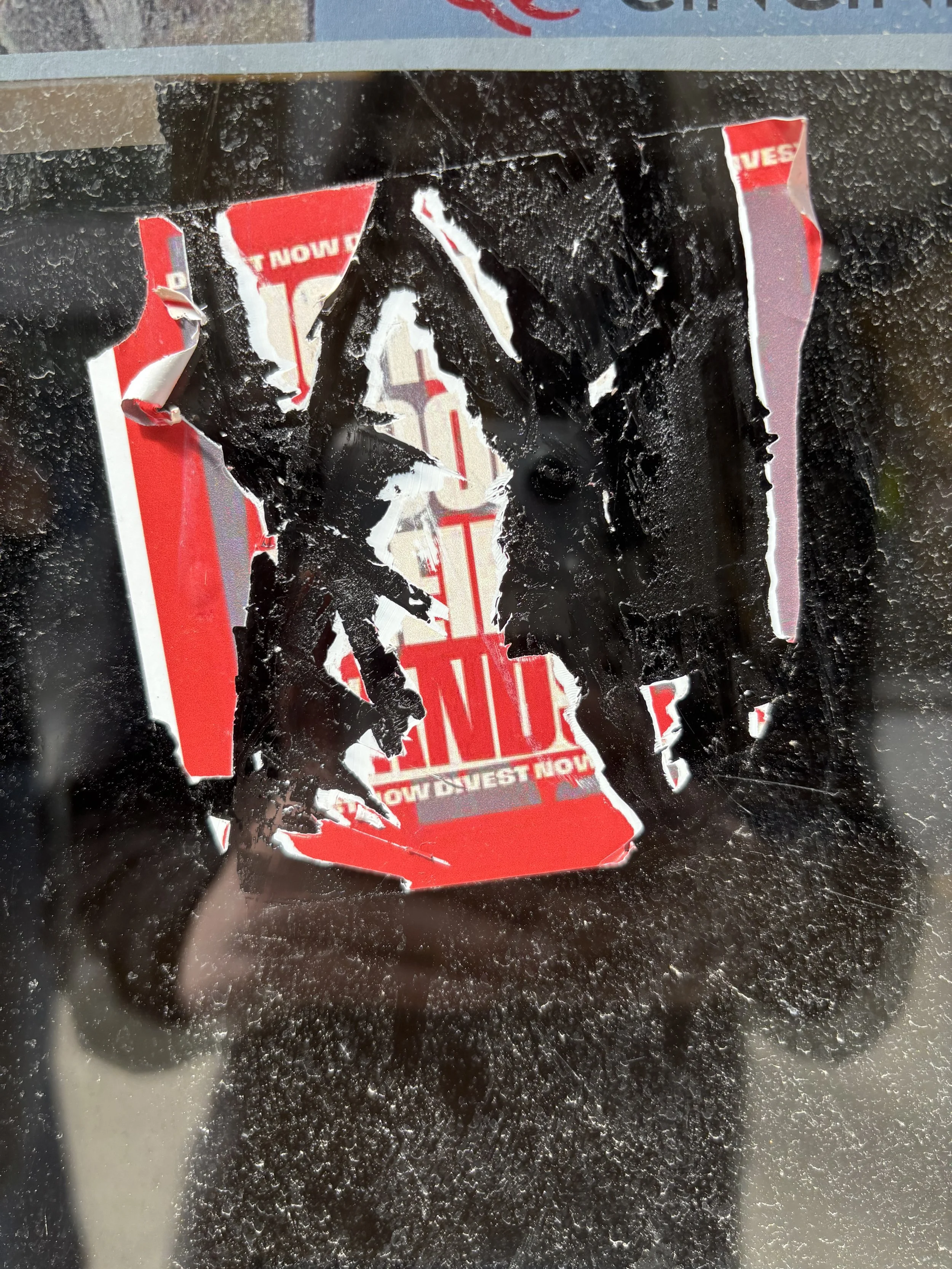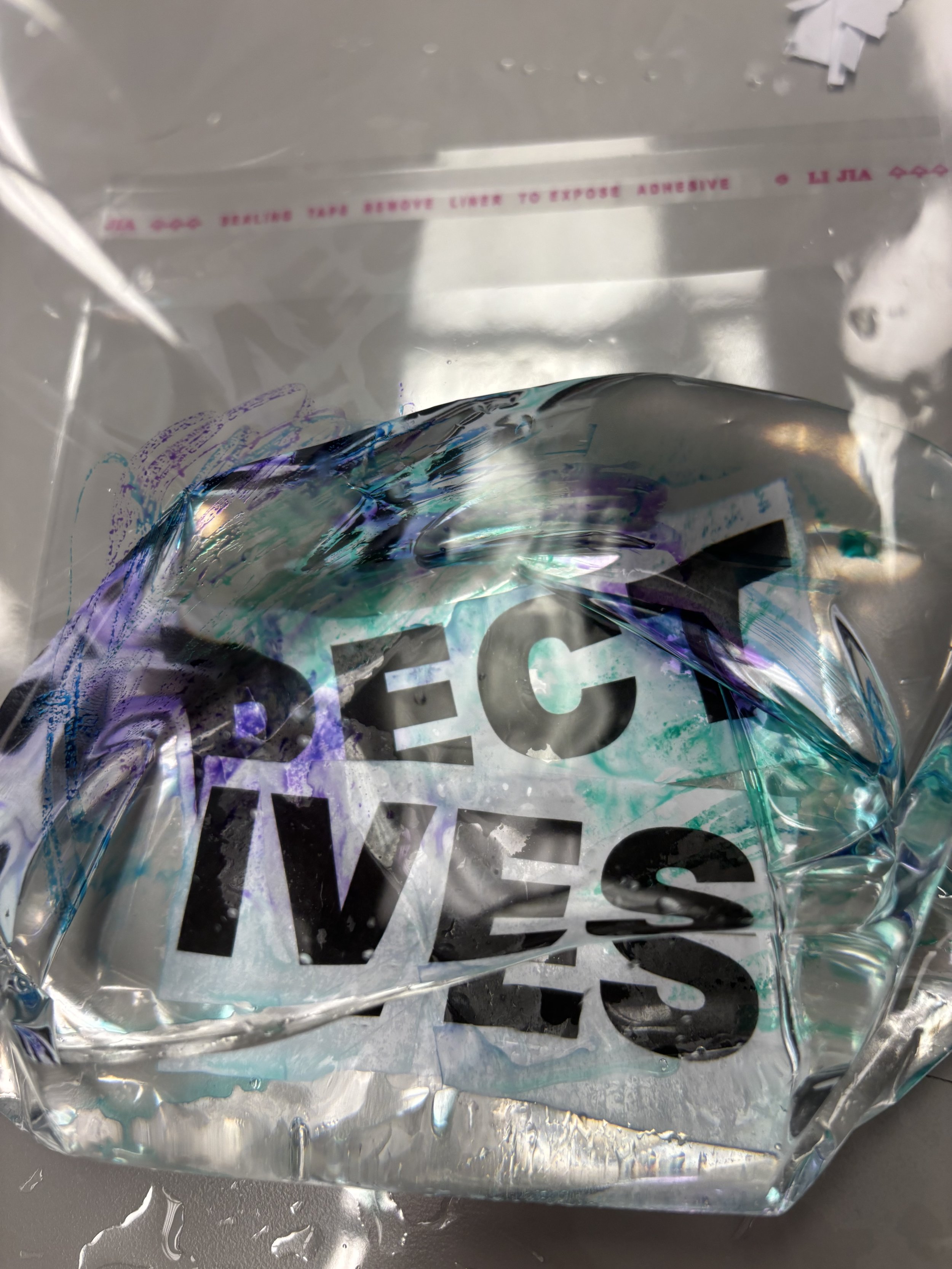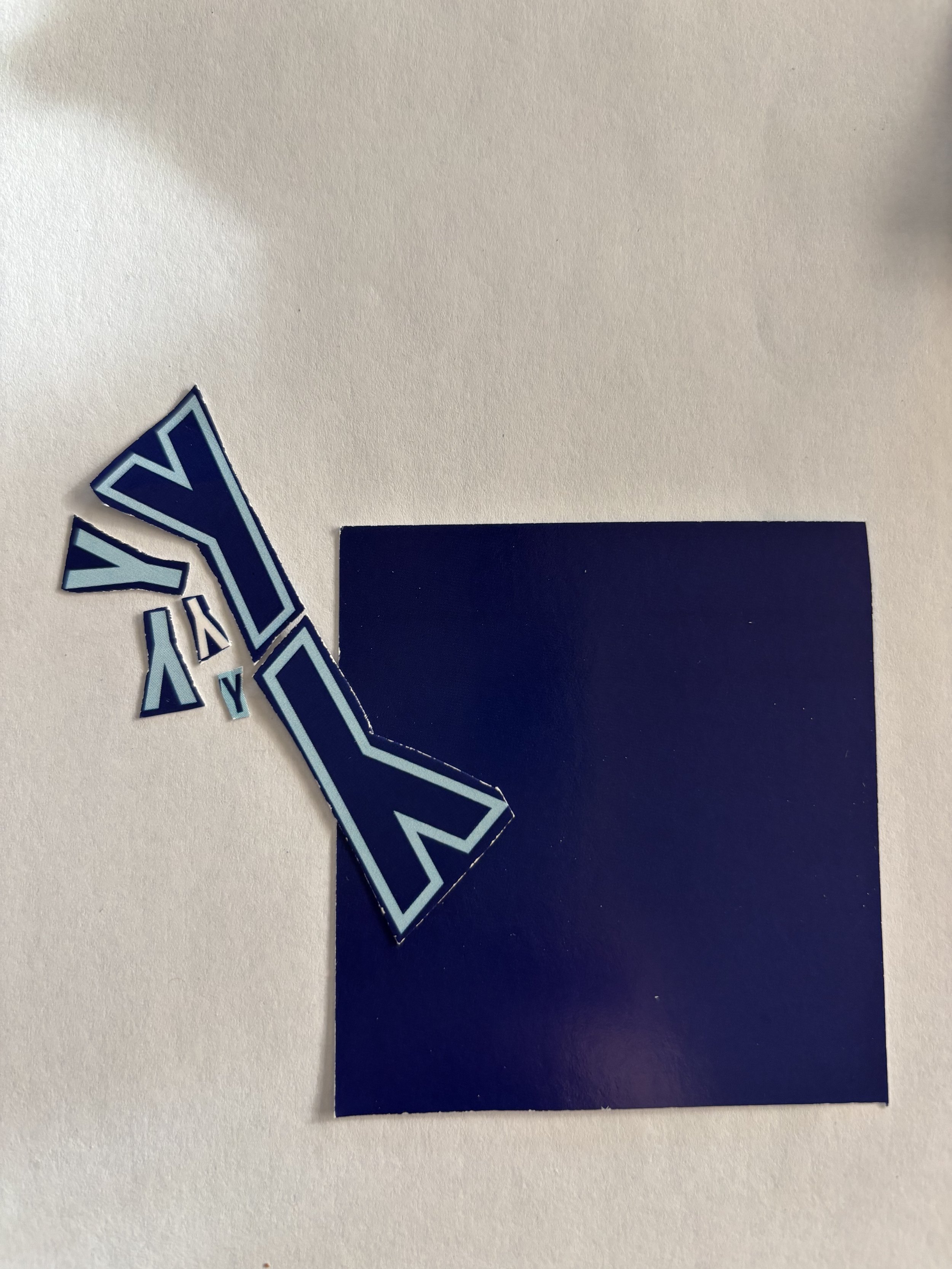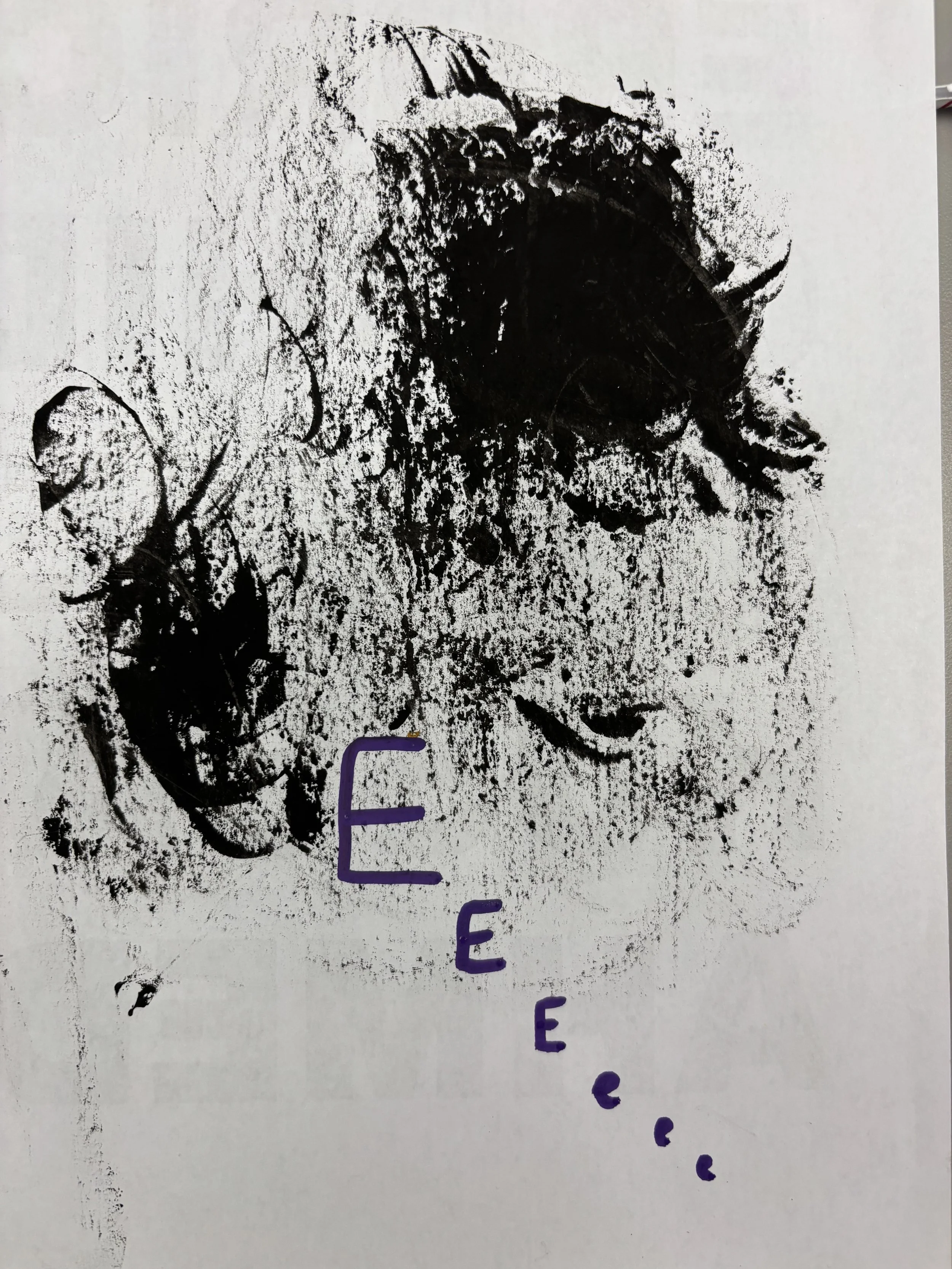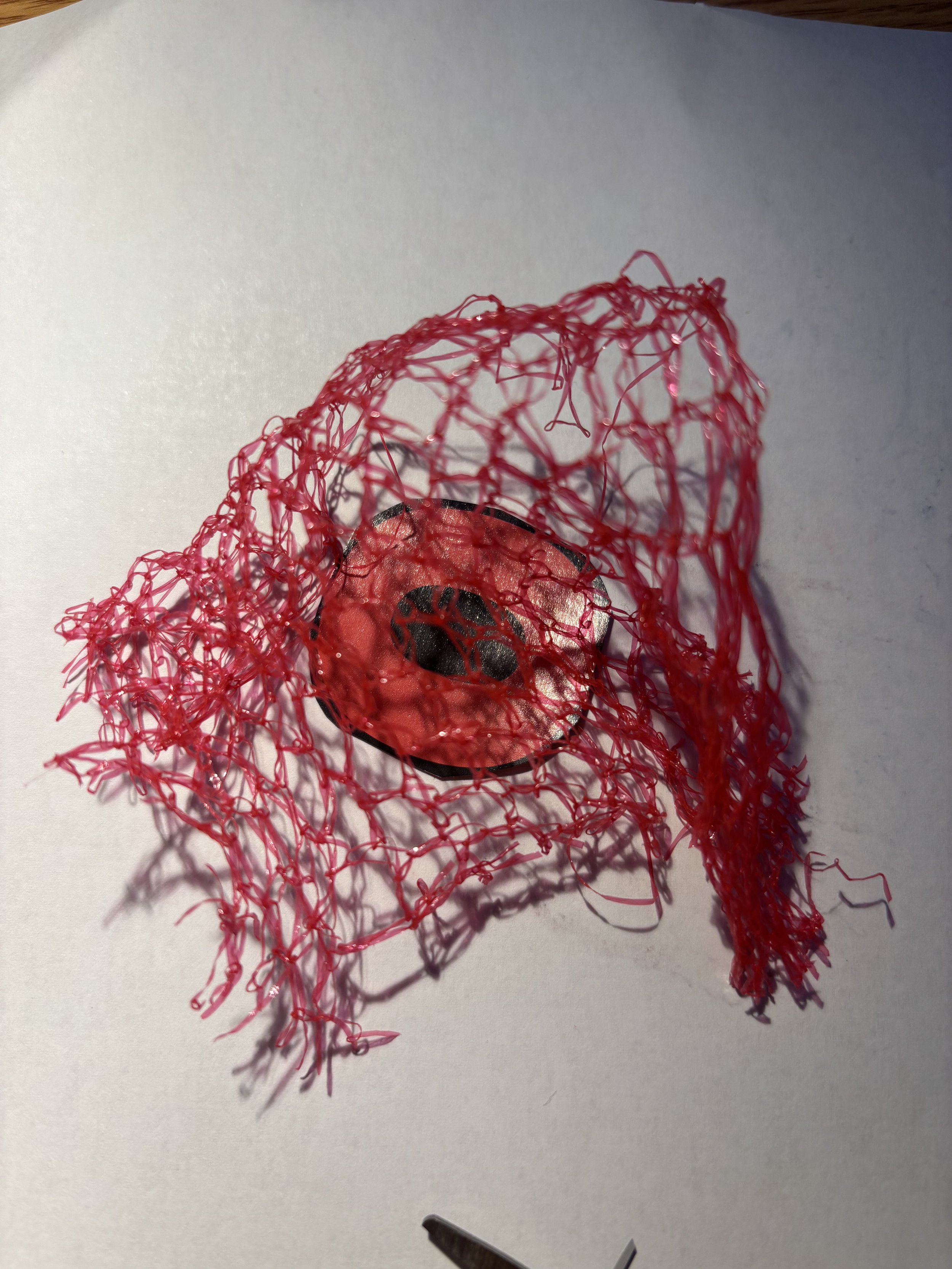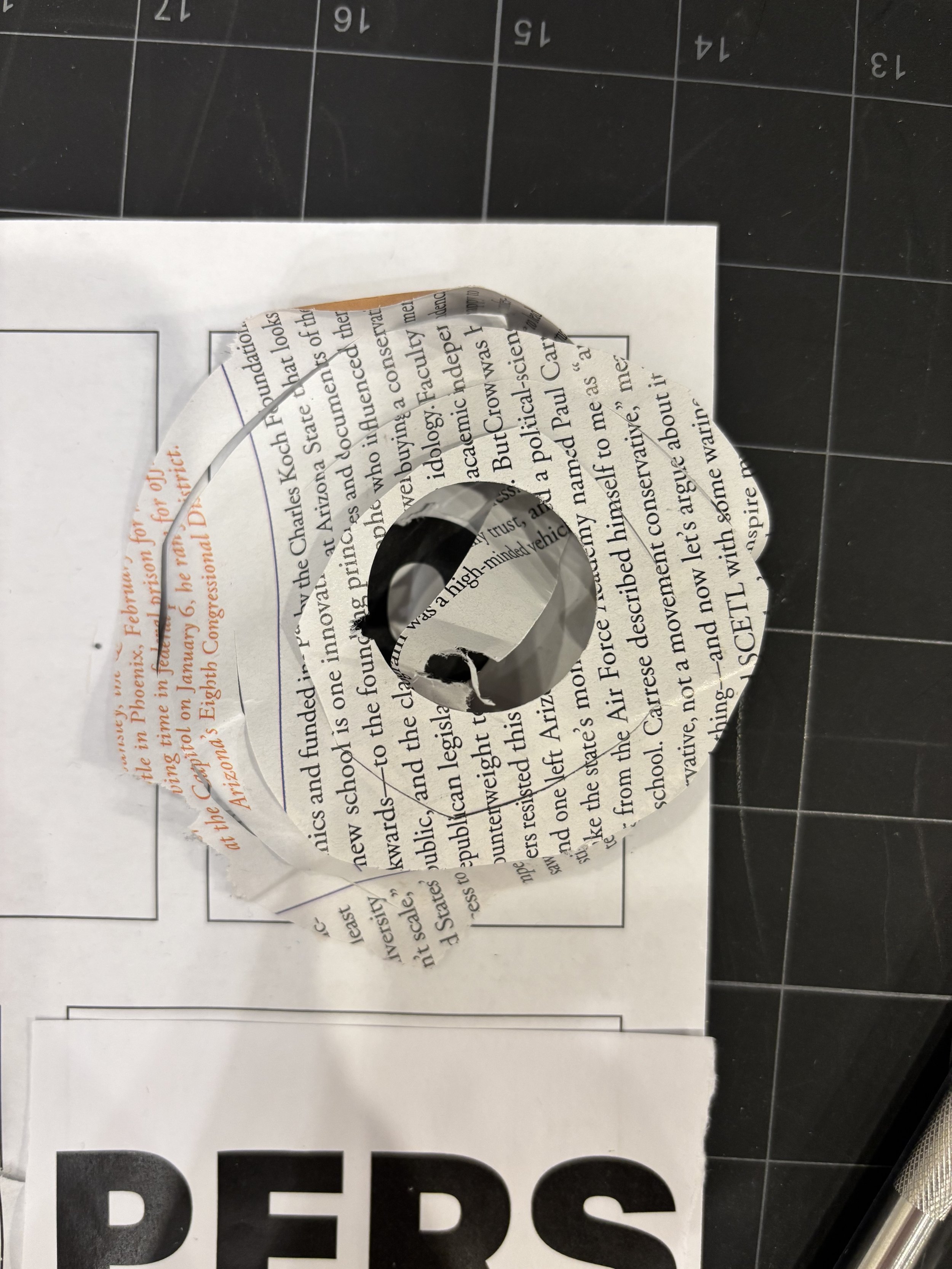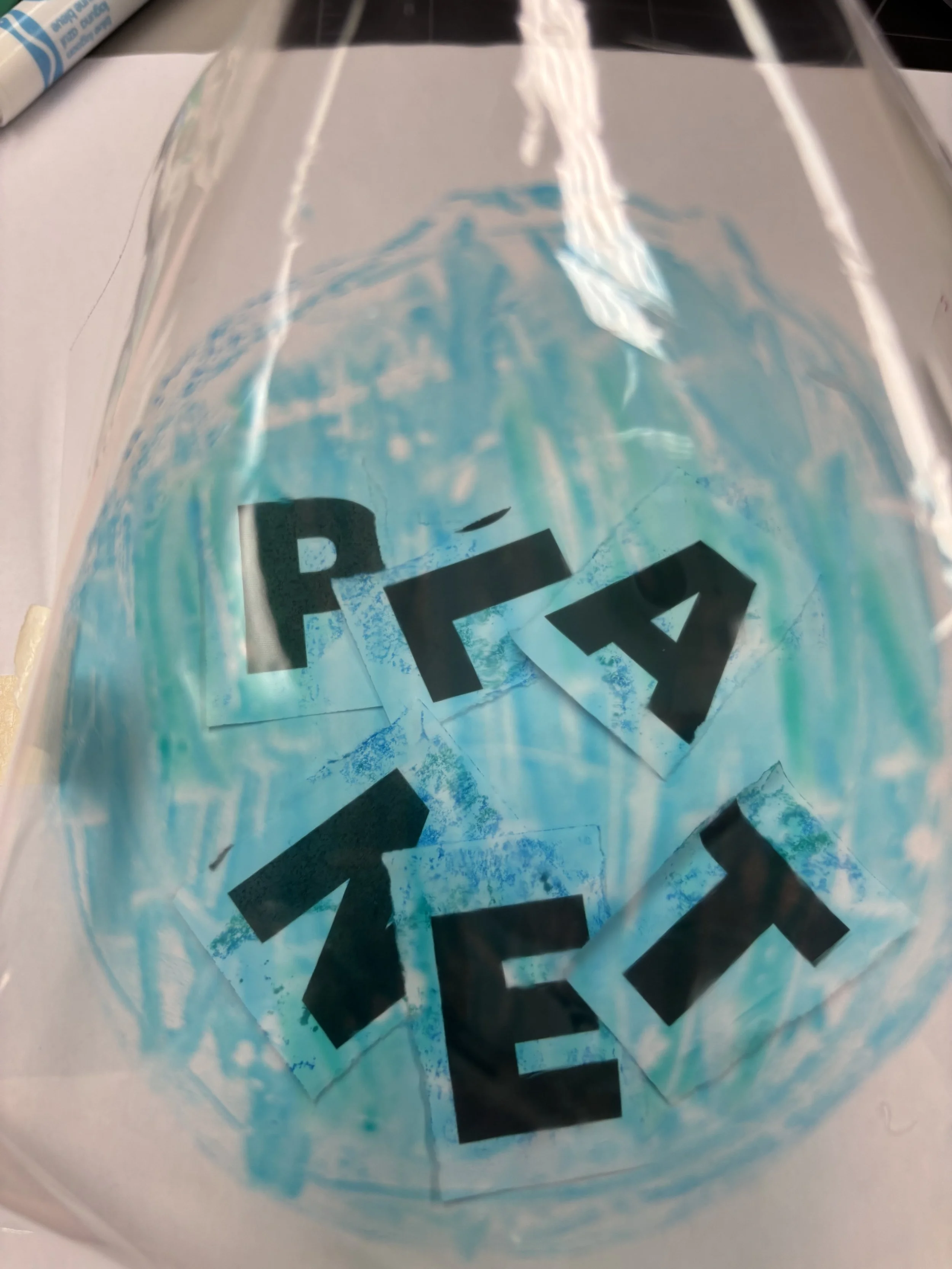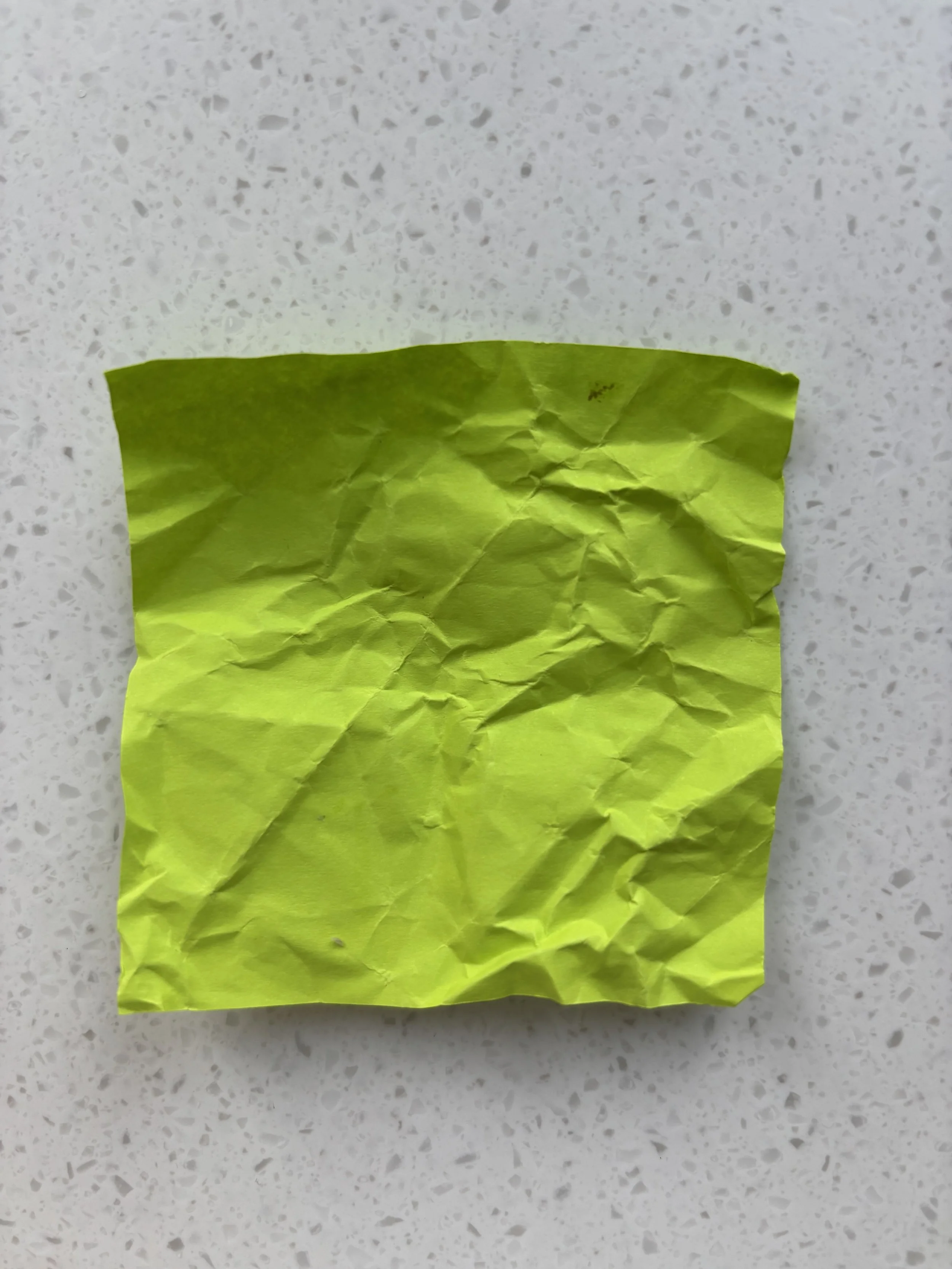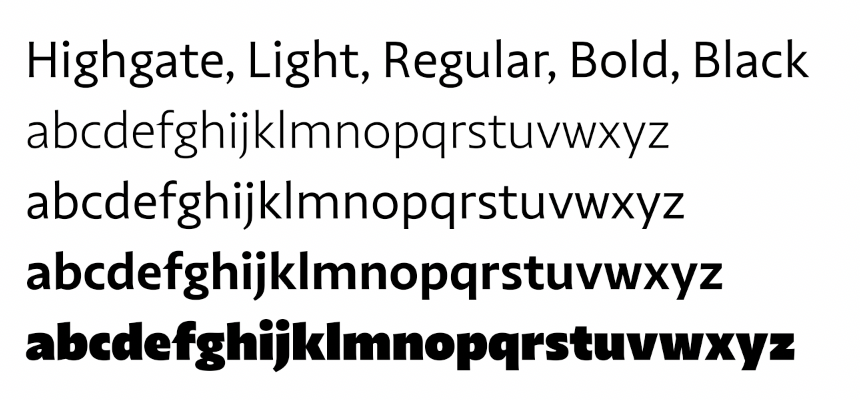Altered Earth:
The purpose of this project was to develop an effective visual design system that seeks to unify differing components. Each poster aims to communicate the meaning of a person's work contribution.
Altered Earth: Poetic Perspectives on Planetary Shifts shows the relationship between the poets and their efforts to bring awareness to shifts we’re experiencing on Earth.
Design Concept:
The green, purple, and blue boxes represent the past, present, and future, moving upward to reflect this progression. As the poster series progresses, both the square and the poet's name shift upward, while the poems themselves become more prominent through changes in opacity. I also emphasized key words—invisible, they say, and forward—when they appeared in the poems.
Research:
Heid E. Erdrich
Heid E. Erdrich is a writer from North Dakota whose background is the Ojibwe tribe. Most of her writing explores themes of Indigenous identity, history, culture, and environmental justice. Her main motive for writing her poetry is the commitment to Indigenous storytelling, cultural reclamation, and social justice.Orchid Tierney
Orchid Tierney is a poet and scholar originally from New Zealand who now lives in Ohio. She is known for her experimental approach to process and creativity in her poetry. In her poems, she often writes about environmental crisis, waste, and memories of places. Her work is collaged by using fragments to create a whole. Hussain Ahmed
Hussain Ahmed is a Nigerian poet and writer whose work explores themes of identity, migration, and memory. His poetry is deeply reflective, often engaging with themes of home and cultural heritage. He examines the lingering presence of the past, exploring how history, language, and memory shape one’s sense of self. Hands-On Workshop:
During the workshop, I experimented with various techniques, using found materials and hands-on methods to create initial ideations and explore potential directions for my final posters.
Directions:
From the workshop, I then collaged them together and ended up with different directions to continue iterating on.
Digital Iterations:
Building off of my physical directions, I played around with them digitally. These are my first digital ideations.
Refinements:
After reviewing my initial posters, I realized that while certain elements were working well, the overall compositions lacked character and fell flat, prompting me to shift directions and rethink my approach.
Layers:
Black background, texture made out of a crumpled post-it noteSecondary text of informationPost-it note used again to act as a frame, placed in the bottom for past. 'Invisible' is highlighted to show the words the poet wrotePoet's namePoem used in the background as texture and to emphasize the words fading in the pastFinal:
Orchid’s
The poem I used by Orchid is titled Prayer. She repeats the phrase 'they say' to question the false promises and harmful practices of large corporations. The poem challenges how industries claim to help the planet while actually causing damage which is a present issue.Heid’s
Heid's poem Peace Path includes the line 'invisible history of this place,' which I chose to highlight by emphasizing the word 'invisible' and placing her in the past. Much of her work reflects on her Ojibwe heritage and the westward migration led to the erasure of Indigenous land and stories—something often left out of history lessons.Hussain’s
In one of Hussain’s poems, entitled Exodus, the word “forward” is used. He talks about how the past affects the future, and the opening line talks about a normal human connection and how we lost that connection over time. The whole poem really is a transition from the past to the future.
